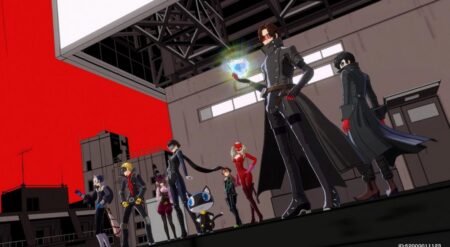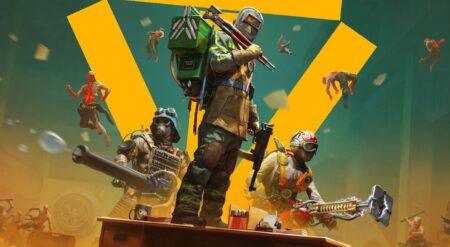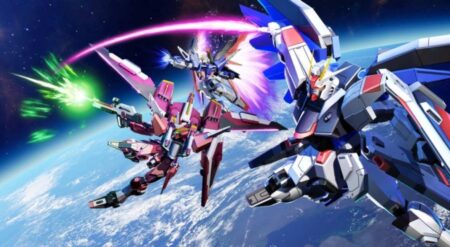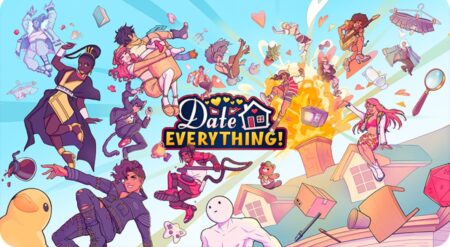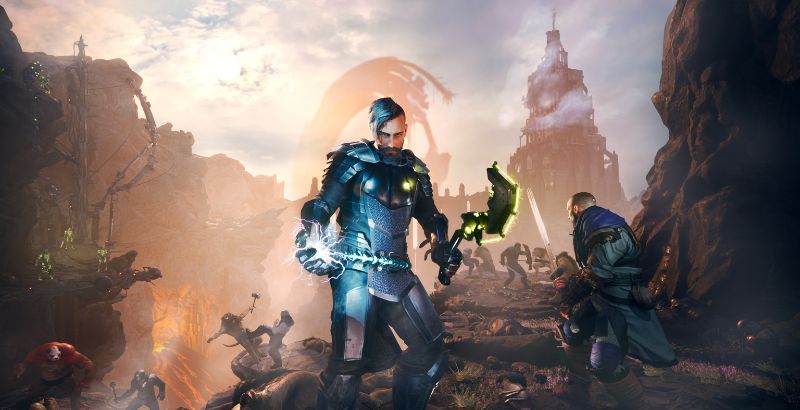
The Last Oricru is a co-op-focused Soulsborne from developer Goldknights and publisher Prime Matter. It also is a game of thirds. I don’t mean that fractions play a huge role in the game’s mechanics, gameplay, or thematic elements. Instead, I mean to say that there is in equal parts a third of the game that is strong, a third that is middling, and a third that is very bad.
The game begins with players watching in first person as they are killed, only to be spoken to by a blue face known only as “Space Ship” before waking in a temple. The temple is operated by a human-like race known as the Naboru. However, the Naboru quickly come off as jerks as the players also piece together that they maintain an enslaved race of rat people known as the Ratkin.
Shortly after the player arrives at the temple, the Ratkin revolt, sparking what the game calls the Ratvolution. Once the Ratvolution begins, players can align themselves with either side of the conflict and a third faction that is more concerned with profiting from the conflict than with which side wins. In fact, the entire narrative of The Last Oricru features dozens of decision points that will influence the world and the course of the story.
All of these aspects can already be split into thirds. The world itself is interesting and rife with potential. It is a medieval fantasy world built on the remnants of a more technologically advanced society that very few individuals can take advantage of.
The idea of influencing the world with one’s decisions is also very interesting. However, in action, it only carries a moderate sway over one’s playthrough. The system is especially hampered by how once the player picks one side of the conflict, there is no reason or motivation ever to consider the point of view of another. The factions also do a poor job of making the decision very difficult. For example, when the choice is between a group of xenophobic fascists, greedy corporations, and an idealistic slavery class fighting for freedom, the decision is simple to any players taking it seriously.
However, this poor writing of the factions leads right into the worst third of its narrative experience, which is the dialogue and voice acting that deliver the story. The writing is a jumble of medieval terminology, clashing modern proverbs, stunted jokes, and tone-deaf puns. Even when talking about slavery, oppression, and the death of friends, the dialogue can’t resist the temptation to make near-constant quips like Spider-Man in a fight.
Really poor quality voice acting across the board also serves only to exacerbate the writing’s poor quality. It is difficult to think of even a single performance throughout the game’s runtime that wasn’t distractingly poor, awkward, or silly sounding. This is especially true for the main character, which players are burdened with having to hear throughout the game.
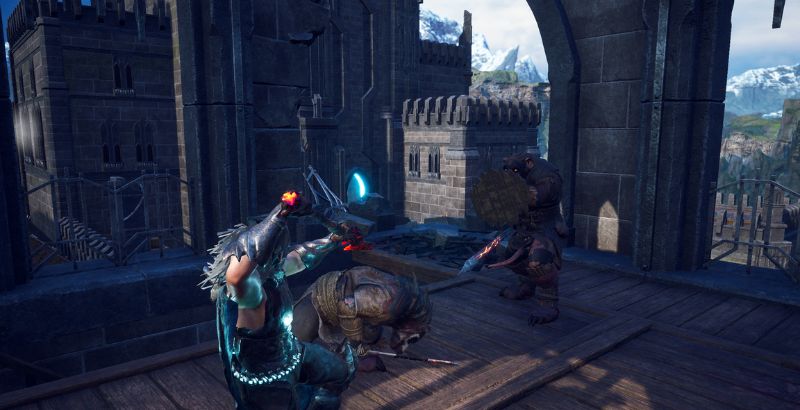
Then there is the game’s combat. Again, it runs almost identically to most other Soulsborne games. All of the tenets of the genre are present. You’ll kill enemies, construct equipment builds, drop all experiences on death, and challenge massive bosses.
The good third of the game’s combat and RPG elements are its builds. Every weapon comes with a primary and secondary attack. Armor sets provide increasing benefits depending on how many pieces a player has equipped, and there is a ton of variety. The Last Oricru does a fantastic job of giving players a lot of choices in how they approach the game’s combat, which is pivotal for a Soulsborne title.
On the more middling front, there is the co-op. The Last Oricru puts a lot of emphasis on its online and local co-op, which is great. Playing with a buddy opens up tactical options to experiment with, as well as making the experience much more enjoyable. However, the difficulty scaling of the game is very poorly tuned for co-op. While playing in co-op, enemies are quickly dealt with on the first attempt, bosses are shredded in just a minute or two, and leveling up almost seems like a bad idea because it only makes things easier.
The most glaring issue with the game’s combat is how derivative the enemy design is. Most of the enemy types in the game feel incredibly similar to one another, with just different appearances. This makes exploring new areas feel rather underwhelming, as all of the enemies quickly feel familiar.
This also applies to the bosses. The Last Oricru’s setting could have given life to some incredibly unique bosses that blended fantasy with science fiction, but instead, there is little here that fans of the genre haven’t seen done better before. Combined with the familiar combat and breezy difficulty in co-op, the bosses feel like meager side distractions rather than big set pieces or meaningful pillars of content.
With all this in mind, player enjoyment from The Last Oricru relies heavily on what matters to them. If they are looking for a fun co-op romp with interesting build possibilities to toy around with, the game is likely worth picking up on sale. However, it does not have much to offer for players who care more about a difficult journey across a well-realized world with lore and secrets to piece together.
The Last Oricru is available now on PC, PlayStation 5, and Xbox Series X/S.
The Last Oricru
-
Rating - 5/105/10
TL;DR
Player enjoyment from The Last Oricru relies heavily on what matters to them. If they are looking for a fun co-op romp with interesting build possibilities to toy around with, the game is likely worth picking up on sale. However, it does not have much to offer for players who care more about a difficult journey across a well-realized world with lore and secrets to piece together.

